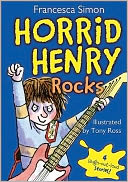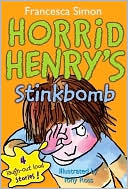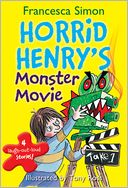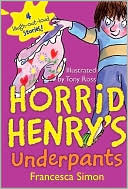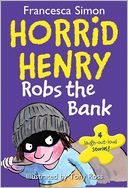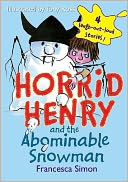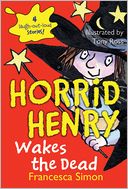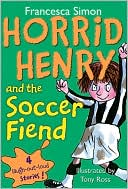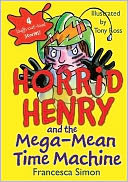With Homeless Bird, Gloria Whelan takes us to India and introduces us to Koly, yet another of her indomitable girl characters who survives against the odds, spirit intact. I seem to never get tired of this kind of story, but for those who might, Whelan's ability to capture the essence of another country, culture and language and weave them into a compelling story seem to be limitless and this book, winner of the 2000 National Book Award for Young People's Literature, is no exception.
When we first meet Koly, she is thirteen, with one older and one younger brother. Living outside a small village where her father works as a scribe, writing letters for the illiterate population, Koly knows that her mother often goes without food so that her children can eat. Thus, it does not surprise her when her father, or Baap, begins to arrange her marriage. The cow is sold, Koly's Maa gives her the solid silver earrings she wore on her wedding day, and a dowry is scraped together. Koly's Maa is a gifted embroiderer who gets work in the village embellishing saris and she has passed on her skill to Koly. As her wedding day approaches, Koly's mother embroiders a beautiful red wedding sari for Koly to wear. Maa has passed on her gift to Koly, who embroiders a quilt that serves as a photo album, reminding her of the family and life she is leaving behind.
Inauspicious signs are evident as Koly and her Maa and Baap arrive in the village where her groom, Hari lives with his parents and where the wedding is to be held. When she finally sees him for the first time during their wedding ceremony she is stunned to see that he is her age, perhaps even younger, not older as her parents had been told when the arrangements were being made. When the priest joins Koly's hand with Hari's during the wedding ceremony, she says, "it was hot and sweaty. I nearly pulled my own hand away, but he was hanging on to it hard, as if it were keeping him from falling over." Hari is dying of a virulent strain of tuberculosis and her Sass and Sassur, mother-in-law and father-in-law, are disdainful and indifferent to her in light of this. She soon learns that she was married to Hari only for her dowry. The money is needed to travel to Varanasi so that he can bathe in the healing waters of the Ganges, along with thousands of others. When Hari dies the day after bathing in the Ganges, Koly is sad but tries to be philosophical about her life. She decides to dedicate herself to serving her in-laws, but they are so bereaved and her mother-in-law so resentful of and bitter towards her, that there is little happiness for her.
Where she does find pleasure is with Chandra, Hari's younger sister. During these years, Hari's father, a teacher in the local school, agrees to teach Koly to read when she brings an old school book to him and asks if she may keep it. Using an autographed book of poems by the Nobel Prize winning poet and philosopher, Tagore, Sassur teaches Koly how to read. Soon, though, Koly's life is disrupted again when Chandra marries and Sassur dies and both Koly and Sass are now widows dressing in the traditional white sari. When Sass announces she has been invited to move to Dehli and live with her brother, Koly becomes unsure of her future, but, with a wry smile on her face, Sass says she may come along. At a stop in the city of Vrindivan, Koly finds she has been abandoned by Sass with only a handful of rupees, a bedroll and the book of Tagore's poetry that she traded Sass her silver earrings for. Koly soon learns that Vrindivan, with its many temples and monks who feed the devoted who spend all day chanting, is the place where families traditionally abandon their widows. The story of how Koly survives and thrives in Vrindivan takes up the rest of the book and is even more absorbing than the sadness and cruelty that brought her there.
Koly's sense of self and determination as well as her imagination keep this novel moving. Somehow, I felt that the sense of place that Whelan achieves so sharply in her other works wasn't quite as precise in Homeless Bird. And, while I did enjoy this book and the character of Koly, my favorite creation of Whelan's remains Rachel Sheridan from Listening to Lions, which is sent in Africa amongst the tribes of the Massai and the Kikuyu, as well as England.
Readers who enjoyed this book should look for these young adult titles by Suzanne Fisher Staples, a wonderful writer who lived in Pakistan, India and Afghanistan for many years.
Shabanu, Daughter of the Wind: Set in contemporary Pakistan, Shabanu is married off to a much older man who already has three wives shortly after her first period arrives. Winner of the Newbery Honor in 1990. Reading Level 5+.
Haveli: The story of Shabanu, now eighteen, and her daughter continues as she plans for her education and fights tradition, even falling in love with another man. Reading Level 5+.
Shiva's Fire: Set in India, this story follows a girl who's birth coincides with a cyclone that destroys the entire region. Despite villagers wariness of her, Parvati seems to have a spiritual connection to animals and the ability to remember everything. Her gift of dance lands her in a prestigious dancing school, but she finds the sacrifices she must make are great. Reading Level 4.

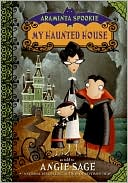
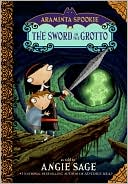
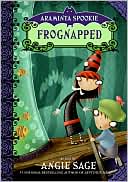
 I
I